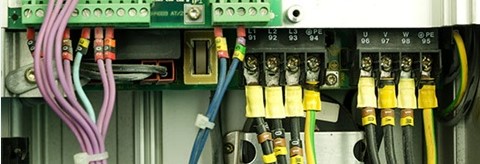Inverters stall in the event of a power surge on the grid, generally due to an excess of local solar electricity injection compared to consumption.
. This is particularly true in residential areas with large photovoltaic installations and low daytime consumption.

To avoid dropping out, here are a few suggestions:
- Limiting power: Limiting the power of installations in the neighborhood could be a solution. However, this may be difficult to implement, as it would mean reducing the size of home installations.
- Reducing consumption: Encouraging energy sobriety by limiting electricity consumption, for example by reducing the use of swimming pools, could help reduce the risk of dropping out.
- Analysis of existing voltage: Examining the voltage on the network on sunny days can provide indications of the potential risk of stalling. If the base voltage is already high, there is an increased risk of stalling.
- Batteries: Although installing batteries can momentarily alleviate stalling by storing energy, it doesn't completely avoid the problem. Inverters, which are legally obliged to be connected to the grid, will trip in the event of a power surge, and battery charging will be interrupted.
Ultimately, to avoid falling behind, we need to
promote energy sobriety, raise awareness of electricity consumption and strike a balance between solar production and local consumption. Investing in the power grid can be a solution, but accepting the need to reduce electricity consumption is also crucial.
 To avoid dropping out, here are a few suggestions:
To avoid dropping out, here are a few suggestions:
